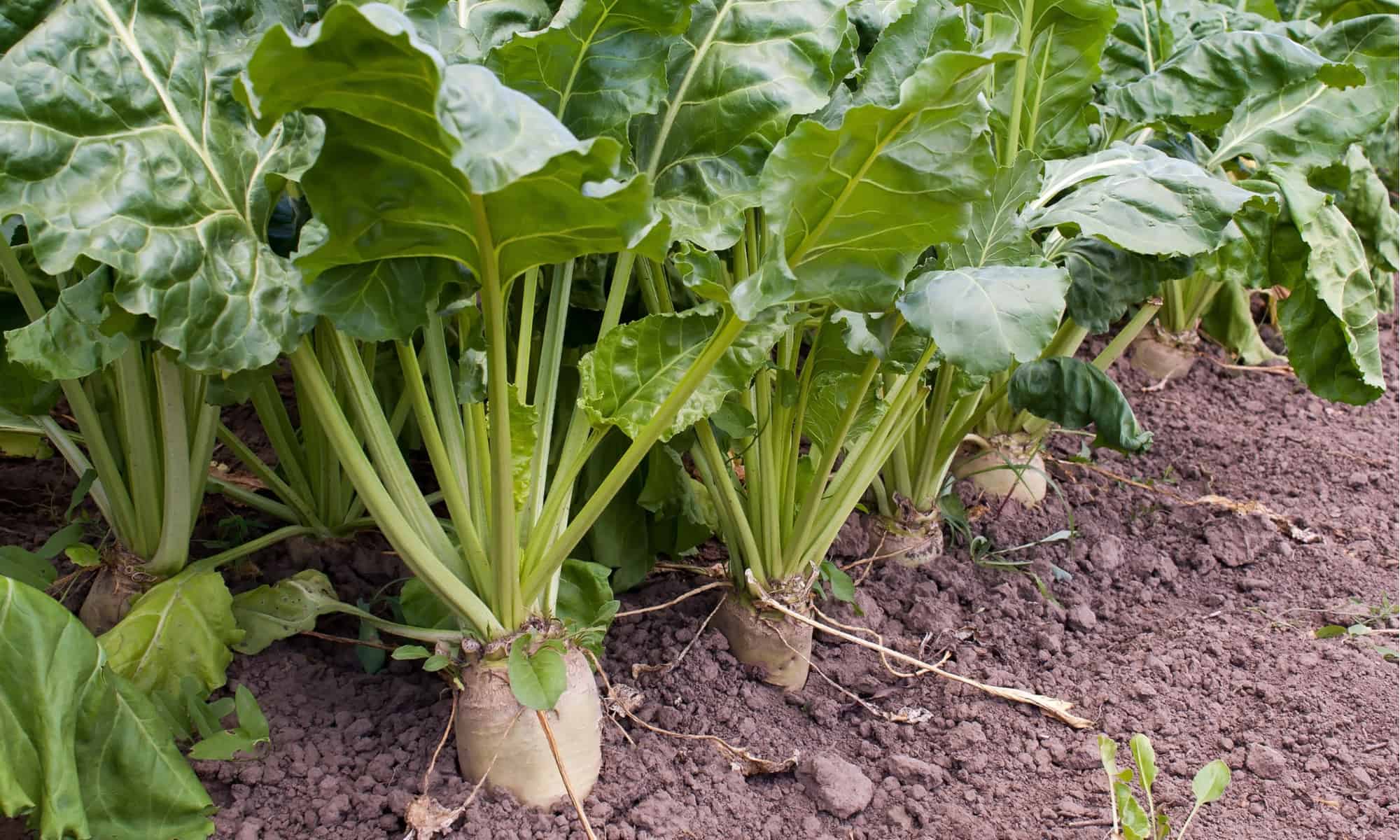Many recipes specify either beet sugar vs cane sugar, depending on the expected outcome.
Many recipes specify either beet sugar vs cane sugar, depending on the expected outcome.
Blog Article
Discover the Uses and Perks of Beet Sugar Vs Cane Sugar in Your Daily Diet Regimen
Exploring the unique high qualities of beet and cane sugar exposes greater than just their sweetening capabilities; it highlights their distinct influence on wellness and cookeries. Beet sugar, recognized for its subtle flavor, is commonly preferred in fragile treats, whereas cane sugar, with its tip of molasses, adds richness to robust meals. Each type holds its very own dietary account and glycemic implications, inviting a deeper understanding of their functions in a well balanced diet and sustainable intake techniques.
Beginning and Manufacturing Processes of Beet and Cane Sugar

The unique environments and dirt types needed for growing sugar beetroots and sugarcane add to differences in their farming methods and geographical circulation, influencing the business economics and sustainability of their manufacturing. beet sugar vs cane sugar.
Nutritional Contrast In Between Beet Sugar and Cane Sugar
Despite originating from different plants, beet sugar and cane sugar are nutritionally extremely comparable, both primarily being composed of sucrose. Each supplies about 4 calories per gram, converting to approximately 16 calories per teaspoon. Structurally, both sugars are made up of roughly 99.95% sucrose, with marginal amounts of various other compounds like moisture and trace element, which do not dramatically change their nutritional accounts.

Eventually, when picking between beet sugar and cane sugar based upon nutritional web content alone, both offer the same benefits and disadvantages as they are basically types of the very same molecule-- sucrose, offering fast energy without various other nutrients.
Influence On Health And Wellness: Glycemic Index and Caloric Material
Checking out further into the results of beet sugar and cane sugar on health and wellness, it is essential to consider their glycemic index and calorie web content. The glycemic index (GI) of both beet and cane sugar is around 65, classifying them as high-GI foods, which can trigger fast spikes in blood sugar levels.
Each sort of sugar contains about my link 4 calories per gram, making their caloric content equivalent. For those keeping track of calorie consumption, especially when handling weight or metabolic wellness problems, understanding this equivalence is important (beet sugar vs cane sugar). Extreme intake of any kind of high-calorie, high-GI food can contribute to health and wellness issues such as excessive weight, heart illness, and insulin resistance.
Environmental and Economic Considerations of Sugar Production
Beyond health influences, the production of beet and cane sugar also raises substantial ecological and financial issues. Sugar beet farming often tends to call for cooler climates and has a reduced geographical footprint contrasted to sugar cane, a fantastic read which prospers in exotic regions. Both plants are intensive in terms of water usage and land line of work, possibly leading to logging and water scarcity. Financially, the worldwide sugar market is extremely volatile, affected by adjustments in worldwide profession plans and aids. Numerous nations incentivize sugar production through financial backing, skewing market value and affecting small-scale farmers adversely.
Furthermore, making use of pesticides and plant foods in both beet and cane sugar farming can cause dirt degradation and contamination, more affecting biodiversity and local water bodies (beet sugar vs cane sugar). The option in between cultivating sugar beet or cane usually hinges on neighborhood environmental conditions and financial elements, making the sustainability of sugar manufacturing a complicated issue
Culinary Applications and Flavor Differences
While the ecological and economic elements of sugar production are undoubtedly substantial, the choice in between beet and cane sugar likewise affects culinary applications and taste profiles. Beet sugar, stemmed from the sugar beet plant, is known for its remarkably neutral preference. This makes it a functional active ingredient in cooking, where it does not modify the flavor of other parts. It dissolves rapidly and is excellent for use in cakes, cookies, and pastries.
Cane sugar, drawn out from sugarcane, typically retains molasses traces, which give an unique richness and depth. This minor molasses taste improves the complexity of baked items, sauces, and sauces. It is specifically favored in items where a caramel undertone is you could try here wanted, such as in brownies or gingerbread. The mild variation in wetness web content between beet and cane sugar can impact the texture and consistency of dishes, making cane sugar a favored choice for details recipes that profit from its distinct buildings.

Conclusion
To conclude, both beet and cane sugar have unique beginnings and manufacturing procedures, offering similar dietary profiles with small distinctions in sodium web content and flavor. While their influence on health, especially pertaining to glycemic index and calories, is equivalent, the selection between them usually boils down to ecological, economic aspects, and specific culinary requirements. Understanding these facets can guide customers in making notified decisions that line up with their health objectives and flavor preferences.
Report this page